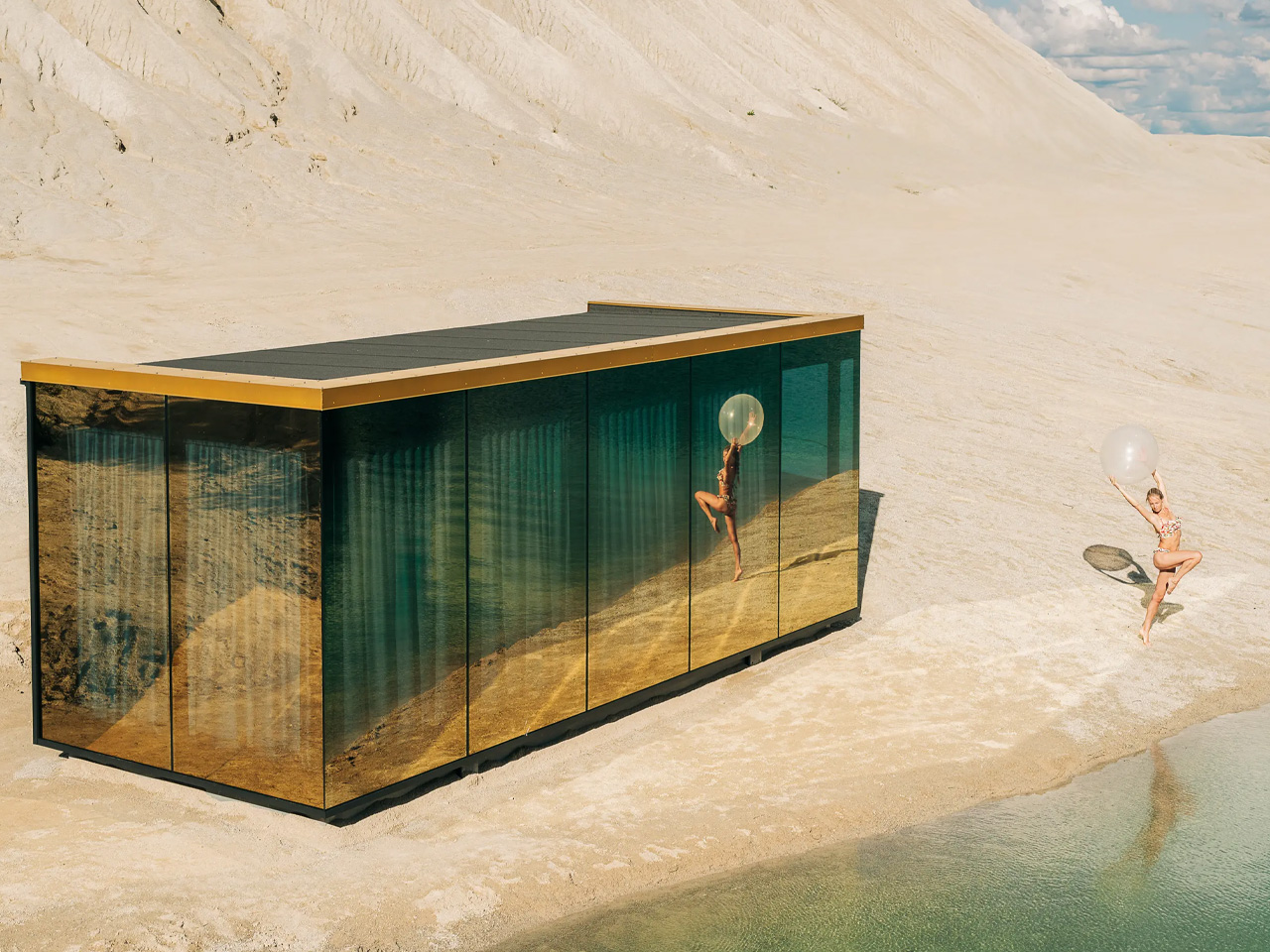If Hong Kong is to realise its lofty sustainability goals, our homes must look, feel and function very differently to those that have gone before. Smarter, greener buildings are a core component of the city’s ambition to achieve carbon neutrality by 2050, and the substantial upside for occupants is enhanced liveability. There is growing evidence linking the green credentials of cities with improved individual health, happiness and overall well-being so there is every incentive to make this change in our approach.
Climate change has sharpened the focus. According to the Hong Kong Green Building Council, buildings in Hong Kong consume 90 per cent of the city’s electricity while generating more than 60 per cent of its carbon emissions, making decarbonisation of the construction industry a “critical” step. It’s not a new concept for Hong Kong, where a self-sustaining Eco Home was unveiled in 2012.

Part of the CIC-Zero Carbon Park in Kowloon Bay, the prototype’s passive design and climate responsiveness showed how comfortable indoor life can be without artificial intervention. Architecture practice Ronald Lu & Partners was involved in the project, with Bryant Lu, vice-chairman, tracing its origin to the outbreak of severe acute respiratory syndrome (Sars) a decade earlier. That was when Hongkongers, long accustomed to air conditioning, began opening their windows to let in fresh air.
The seeds were sown for the now prevailing trend of biophilic design – creating spaces that connect people with nature – which was accelerated further by the Covid pandemic. Over the past 25 years, there has been a big shift in the approach to and acceptance of sustainability, Lu observed. And sustainable cities are also healthier cities, he added, hence the overall “wellness objective” of urban planning.
Visible signs of change include new landscape concepts such as sky gardens and vertical plantings, which have emerged to meet the government guidelines for green coverage on buildings. Garden Crescent in Ho Man Tin, Kowloon, goes even further than is mandated. Completed in 2023, the Ronald Lu & Partners-designed development boasts 50 per cent green coverage across multiple terraces, courtyards and a sky garden.
All 56 units in the 20-storey luxury tower have private balconies or terraces with planter boxes to encourage urban gardening, “connecting every resident with the natural world”. Greening, natural lighting and ventilation are also integral to the design of the first modular integrated construction (MIC) private residential project in Hong Kong, which is nearing completion on Tonkin Street, Cheung Sha Wan, as well as upcoming traditional rehousing project Eminence Terrace in Hung Shui Kiu, both designed by Ronald Lu & Partners. Lu sees the efficiencies, waste reduction, speed and cost advantages of modular prefabrication as the next frontier in sustainable development for cities.
But what about existing buildings? According to designer Rowena Gonzales, founder of Liquid Interiors, it is certainly possible to retrofit a home with eco-friendly and healthy elements. “It’s becoming much easier to source green materials from mainland China, which helps,” she noted. Walking the walk with the renovation of her own village house in Ma Wan, Gonzales is committed to adaptive reuse.
“Keeping materials from the original structure adds character and saves money. This also saves waste from going to landfill,” she said. Choosing preloved vintage furniture further reduces embodied carbon, and can be refreshed with do-it-yourself finishing for a personal touch.
Using insulation to make energy savings, Gonzales sealed gaps in doors, added window coverings and deployed smart dehumidifiers. Whole-home water filtration, reduction in indoor pollution from volatile organic compounds, enhanced natural ventilation, indoor air quality monitoring and energy-saving smart home functionality are further steps that can be taken to create a cleaner, greener living space. Gonzales also invested in a food recycler and a worm farm to turn the household’s organic waste into fertiliser, which is then used in a sunlit garden.
Outdoor plants are positioned to reduce heat, capture carbon and form part of her food recycling system. Pure AW founder Andy Wan routinely recommends green alternatives for his residential renovations, and said clients are usually on board once they learn of the benefits. Wood-look laminate flooring – made from by-products of the commercial timber industry – is now widely used because it avoids cutting down a tree, and is durable and long lasting, he said.
Using materials like eco-wood for cabinetry is popular with people who want to avoid toxic chemicals in the home, while smart home appliances have taken off simply because of their convenience. “Being able to control the lighting, air conditioning and curtains remotely, before they arrive home, is a boon for busy people, and saves energy at the same time,” Wan said. The demand for recycled and/or sustainable materials has been growing, especially since eco-chic retailer Tree was established in 2005.
“People now have a better understanding of the global impact we all have on our environment,” said managing director Kate Babington. “This has created a shift in knowledge and understanding of the connectivity we share, and in turn made an impact on our purchasing habits. More brands are responding by using materials with a low impact that don’t deplete our natural resources.
” Homeware made from fast-growing bamboo, textiles derived from natural fibres and wood from sustainable sources are all popular, along with a resurgence of terra cotta. Consumers are also interested in recycled or upcycled materials – especially those with a real backstory, like Tree’s eco-collections made from teak salvaged from old Indonesian houses. At the same time, Babington added, Hong Kong consumers have become more likely to repair worn pieces, to buy second-hand from a store or through online marketplaces, and use rental services to support the circular economy.
Adopting greener habits saves money, too. As property consultancy Jones Lang LaSalle (JLL) has found, simply replacing fluorescent lamps with LED tubes in a typical Hong Kong housing estate can reduce the energy consumption by 40 to 50 per cent. Still, supply of new green buildings remains tight.
Chung Chi-hung, head of property and asset management at JLL in Hong Kong, said that, as of June, only 18 private residential projects in Hong Kong had been awarded the Beam Plus Platinum rating for their sustainability. But the tide is turning. Chung believes the growing population of environmentally responsible buyers will gradually drive demand.
Better access to sustainable materials for healthier homes has eased the task of turning existing buildings and living spaces greener Recycled or upcycled materials are gaining popularity, along with homeware made from materials like fast-growing bamboo and textiles derived from natural fibres.


















